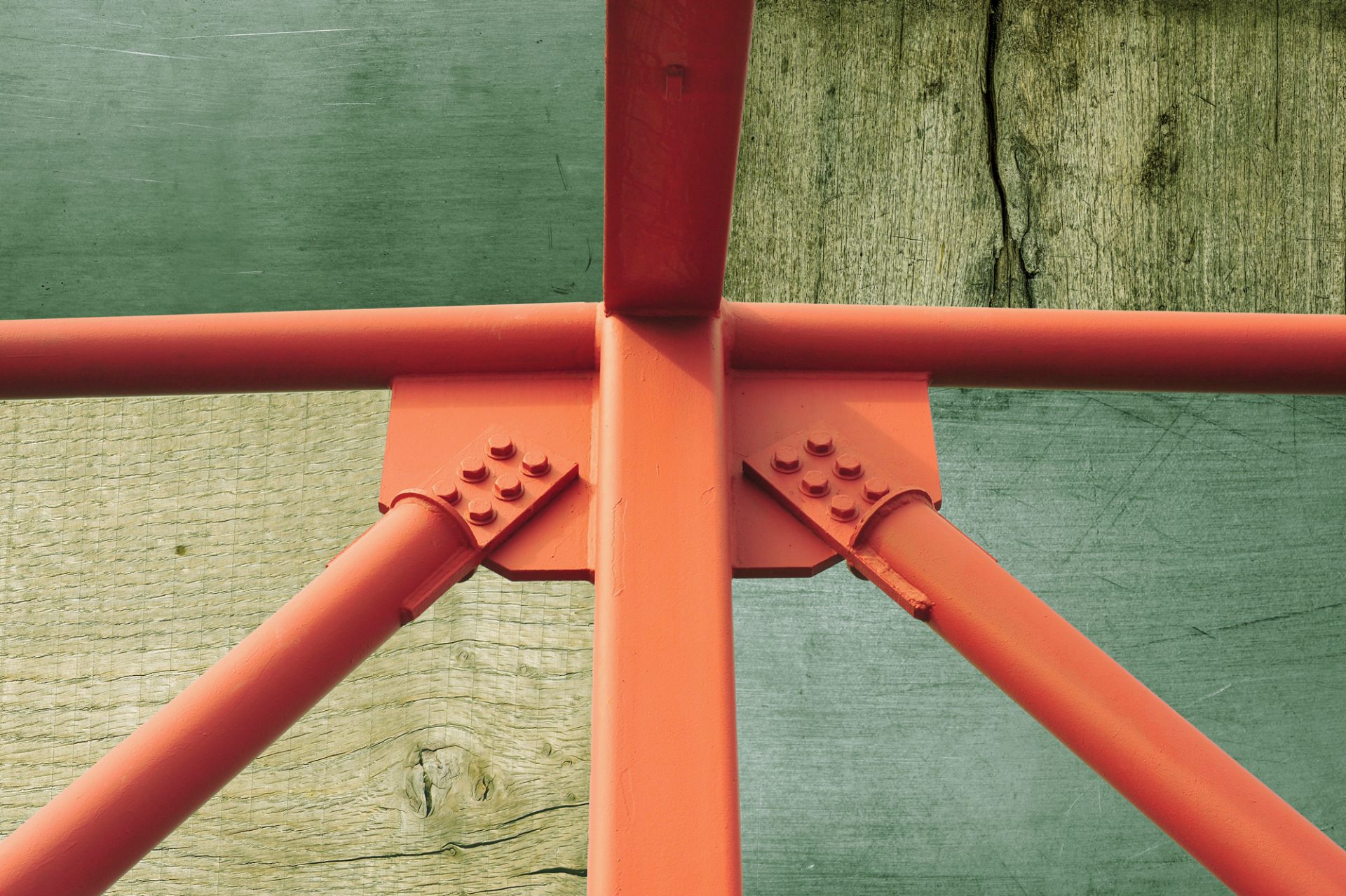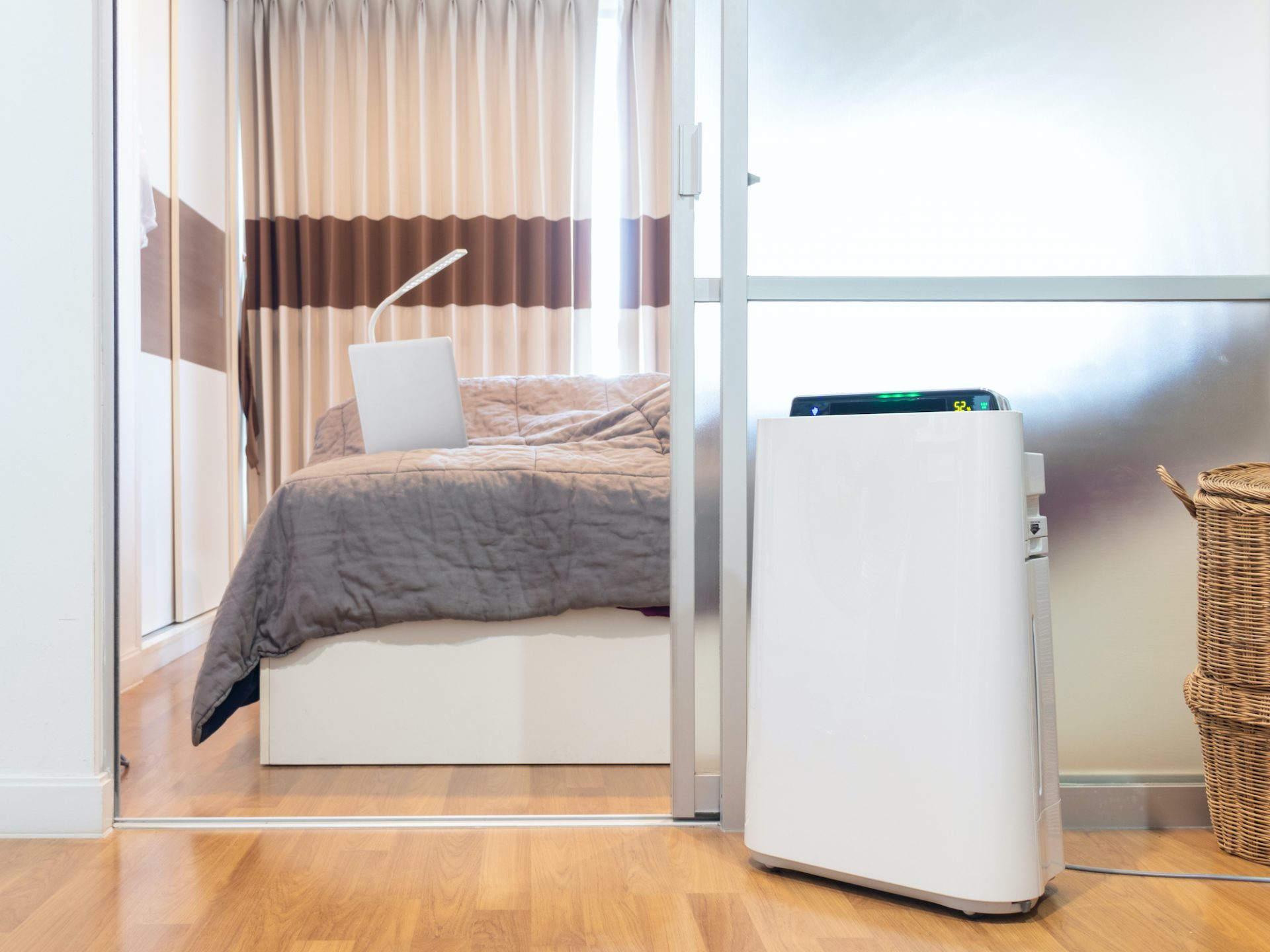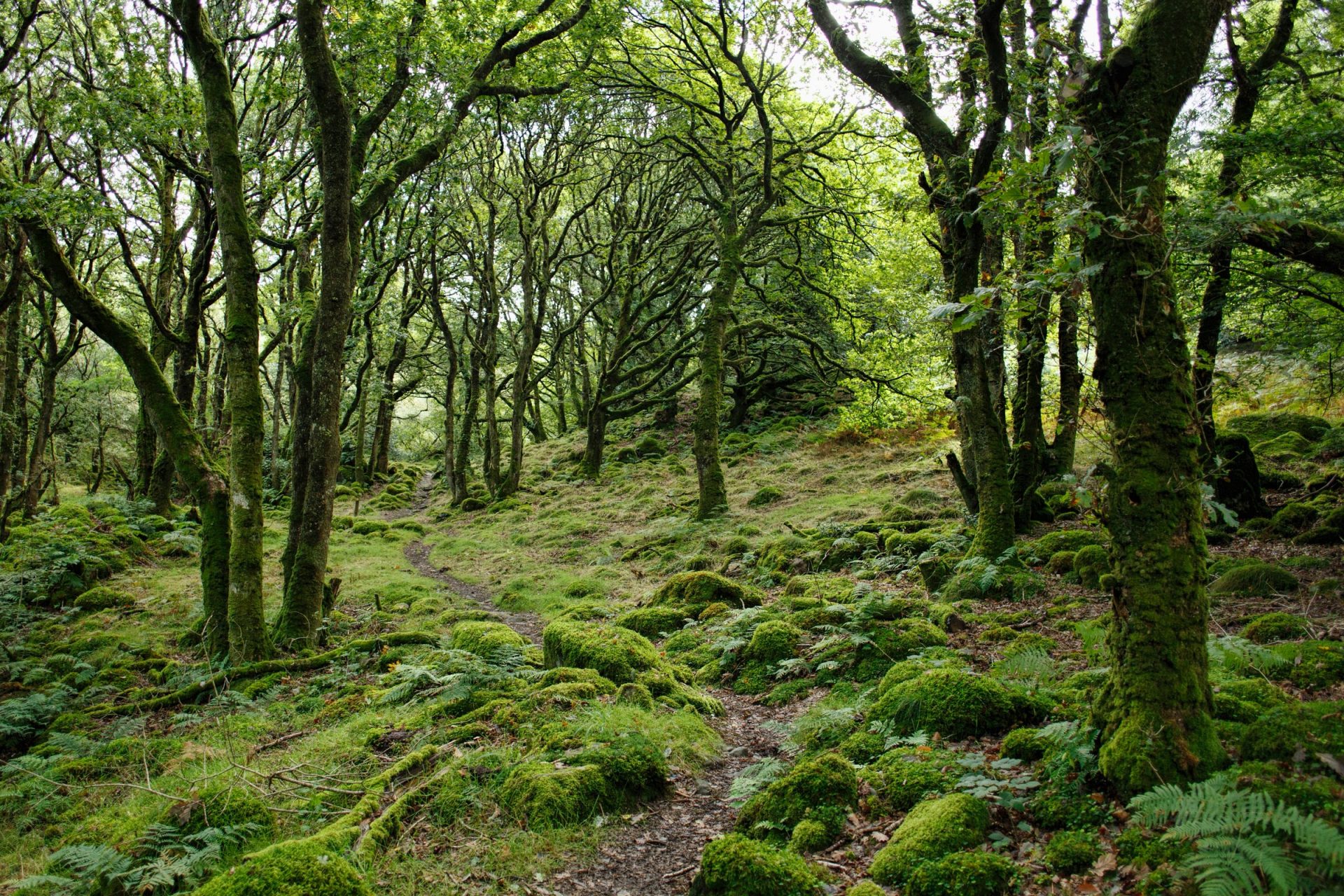Timber or steel? Study helps builders reduce carbon footprint of truss structures

New analysis could help identify optimal materials for the crisscrossing struts that bolster bridges, towers, and buildings.
Buildings are a big contributor to global warming, not just in their ongoing operations but in the materials used in their construction. Truss structures — those crisscross arrays of diagonal struts used throughout modern construction, in everything from antenna towers to support beams for large buildings — are typically made of steel or wood or a combination of both. But little quantitative research has been done on how to pick the right materials to minimize these structures’ contribution global warming.
The “embodied carbon” in a construction material includes the fuel used in the material’s production (for mining and smelting steel, for example, or for felling and processing trees) and in transporting the materials to a site. It also includes the equipment used for the construction itself.
Now, researchers at MIT have done a detailed analysis and created a set of computational tools to enable architects and engineers to design truss structures in a way that can minimize their embodied carbon while maintaining all needed properties for a given building application. While in general wood produces a much lower carbon footprint, using steel in places where its properties can provide maximum benefit can provide an optimized result, they say.
The analysis is described in a paper published today in the journal Engineering Structures, by graduate student Ernest Ching and MIT assistant professor of civil and environmental engineering Josephine Carstensen.
“Construction is a huge greenhouse gas emitter that has kind of been flying under the radar for the past decades,” says Carstensen. But in recent years building designers “are starting to be more focused on how to not just reduce the operating energy associated with building use, but also the important carbon associated with the structure itself.” And that’s where this new analysis comes in.
The two main options in reducing the carbon emissions associated with truss structures, she says, are substituting materials or changing the structure. However, there has been “surprisingly little work” on tools to help designers figure out emissions-minimizing strategies for a given situation, she says.
The new system makes use of a technique called topology optimization, which allows for the input of basic parameters, such as the amount of load to be supported and the dimensions of the structure, and can be used to produce designs optimized for different characteristics, such as weight, cost, or, in this case, global warming impact.
Read full article on MIT News.
Share on Bluesky


